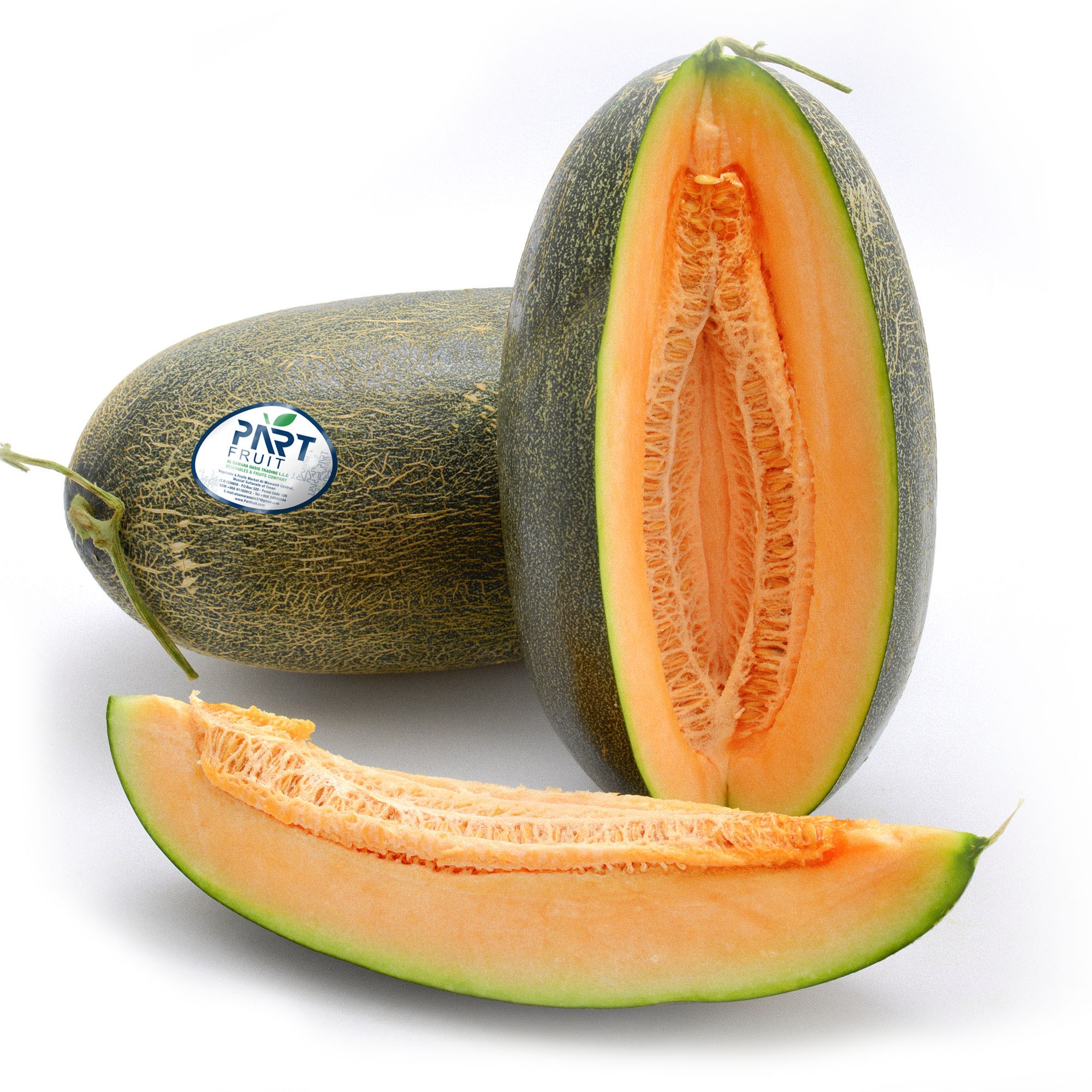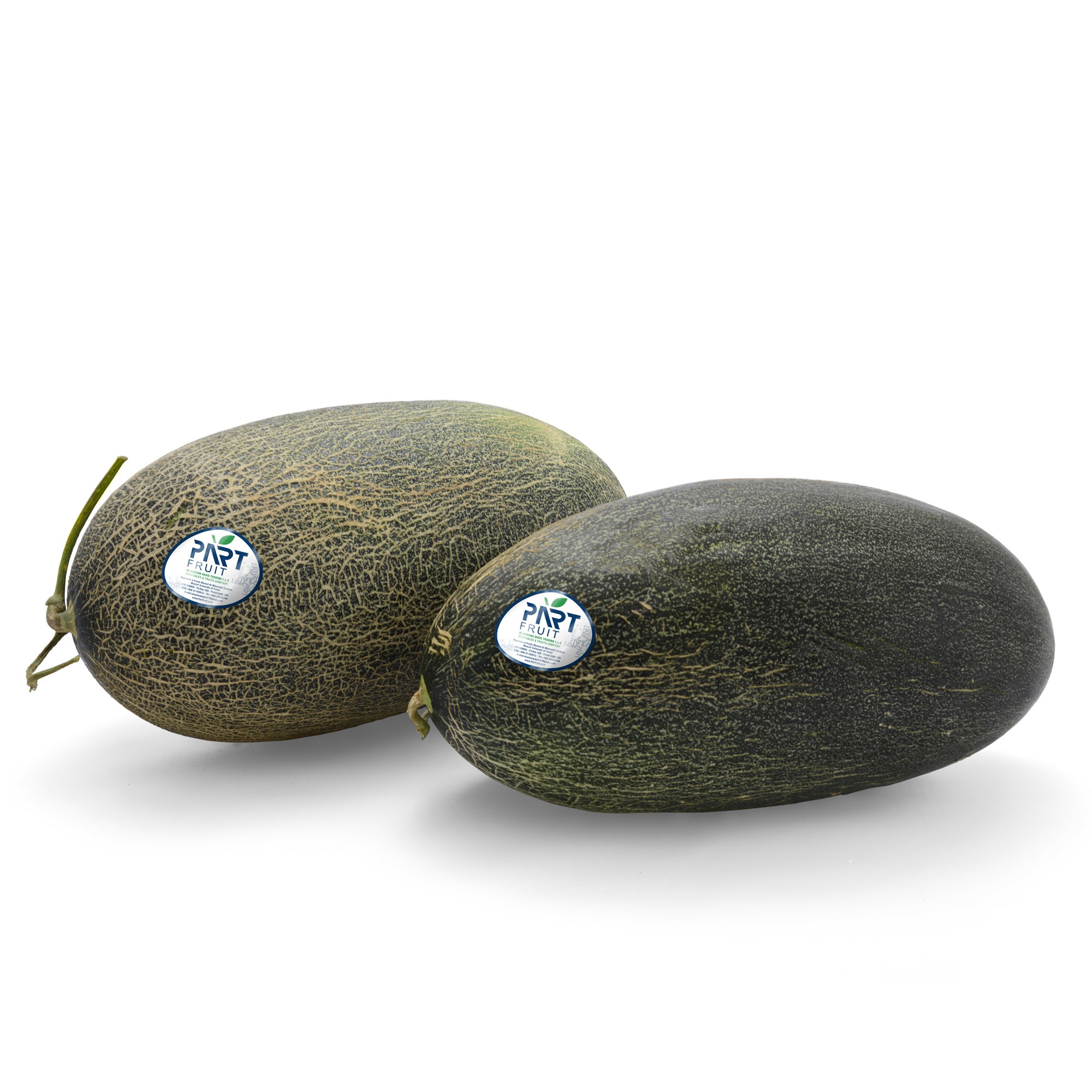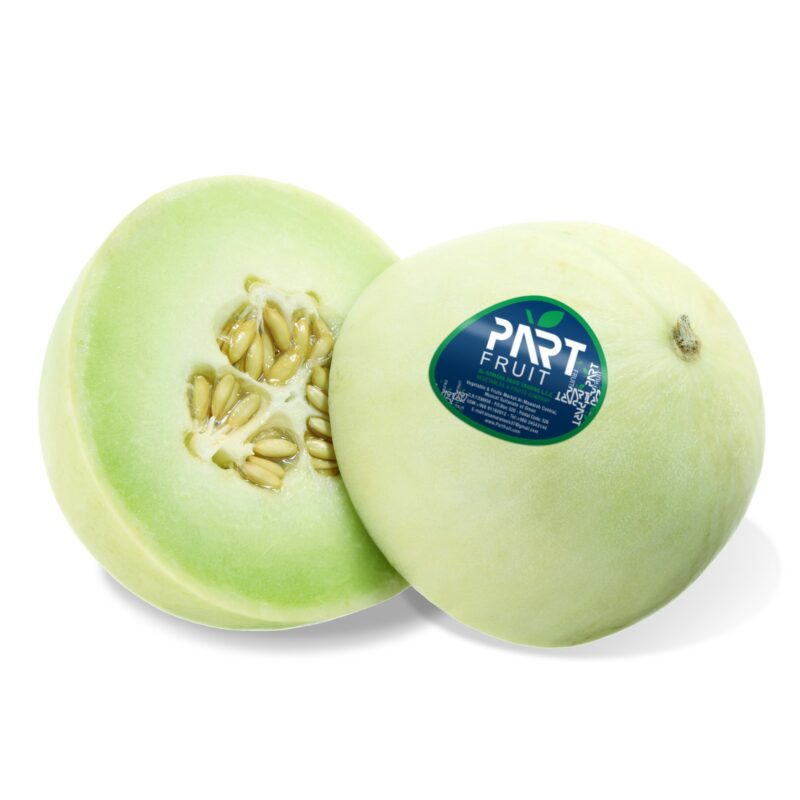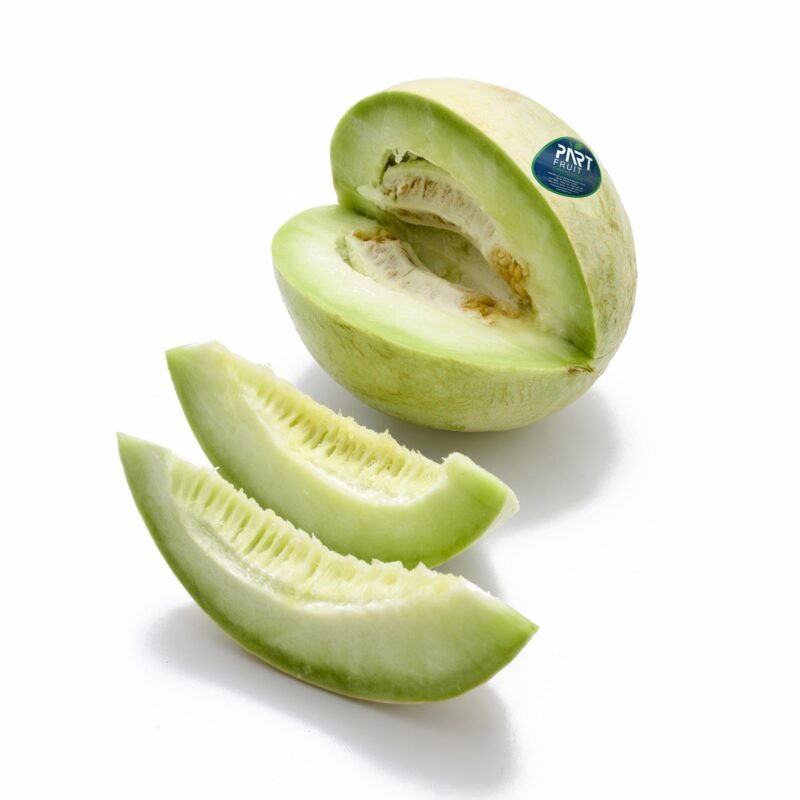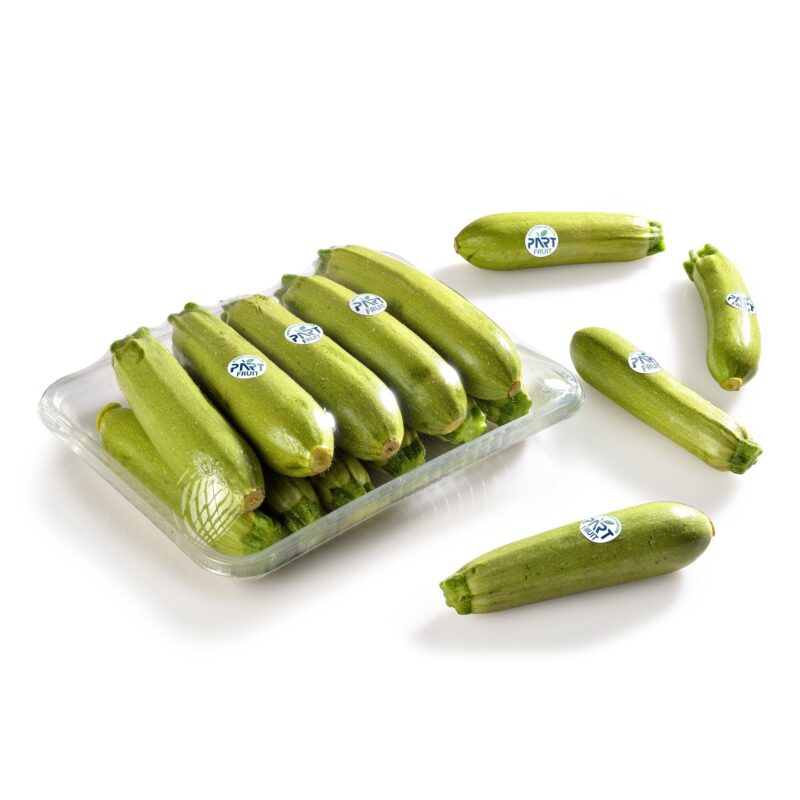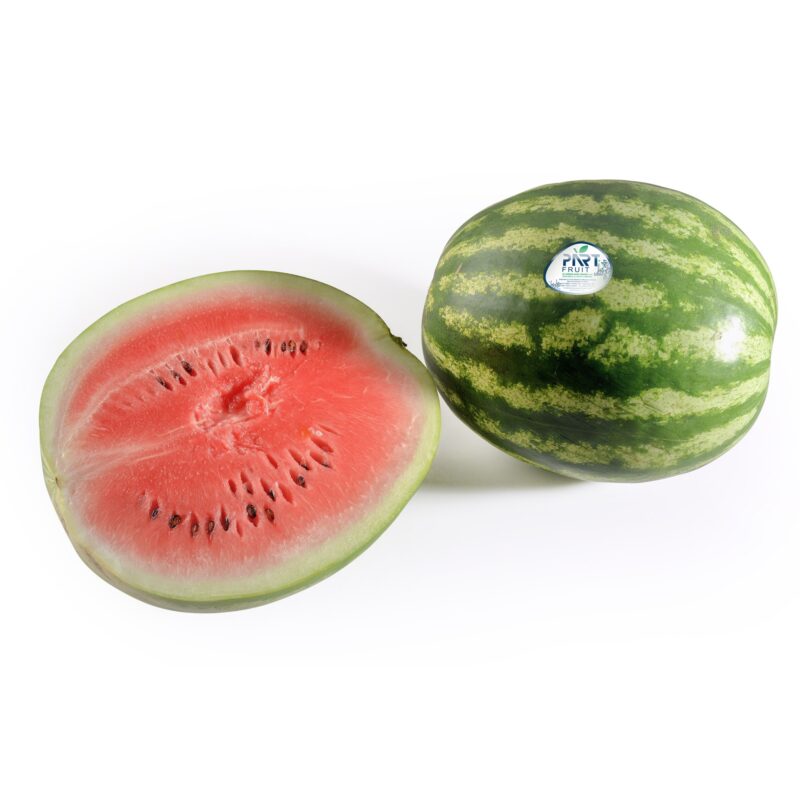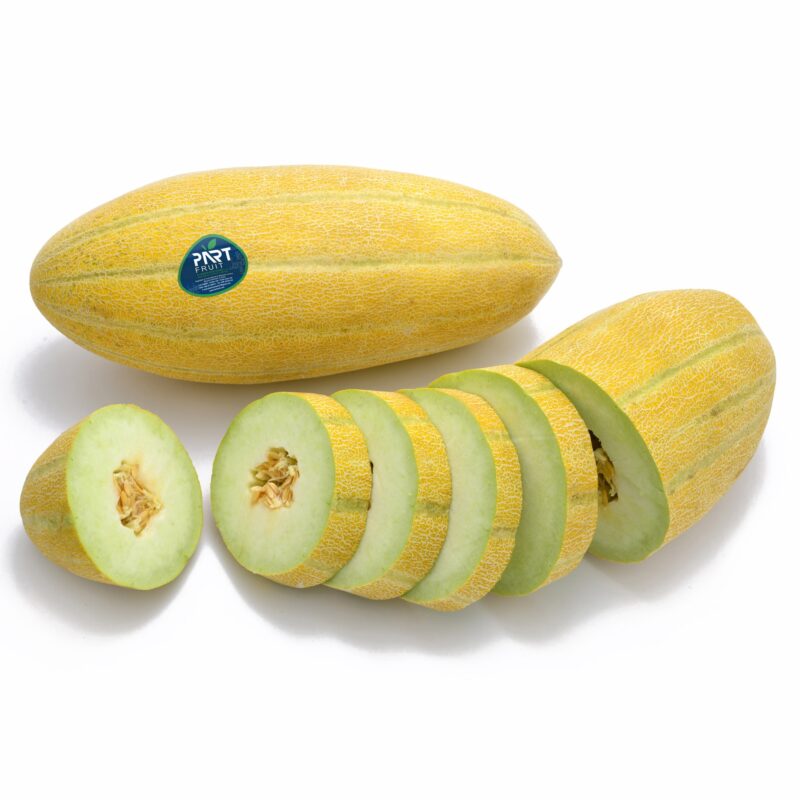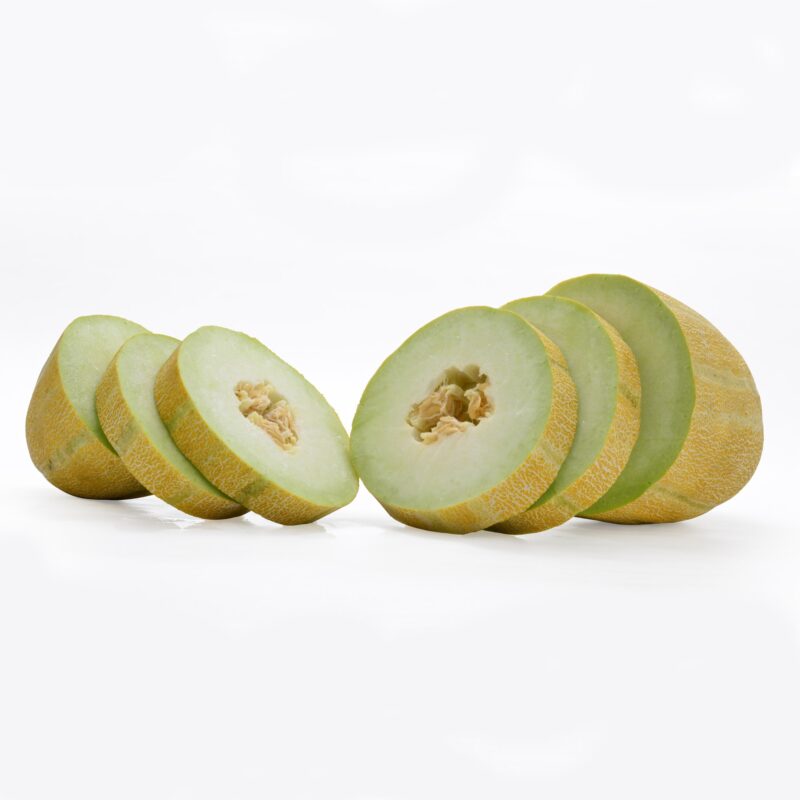Winter Melon
Unit:
Box, Ton
Cout per Unit:
100, 200
This melon gets its name from the fact that it has an exceptionally long shelf life, and although it is produced in the summer, it is still suitable for eating in the winter. Its longevity is down to its waxy skin, which helps to keep the inner flesh fresh. The waxy skin only develops once the fruit is ripe, with young winter melons having a hairy and fuzzy rind.
These melons have a dark green exterior and look similar to watermelons. Their flesh is pale and seeded. Fruits from the winter melon vine are known for being very big, often weighing in excess of 40 pounds. It also produces yellow flowers and large, broad foliage.
The fruit tends to be quite bland tasting and is frequently used as a vegetable in stir-frying and cooking. It is also candied in some countries, as well as pickled or preserved, giving rise to its other common name of ‘Chinese Pickling Melon.’
The young and tender leaves of this plant are also edible and are often steamed and eaten as a vegetable or added to soups and stews. This melon originates from Asia, where it is now widely cultivated

 Fruits
Fruits Cucurbits
Cucurbits Vegtables
Vegtables